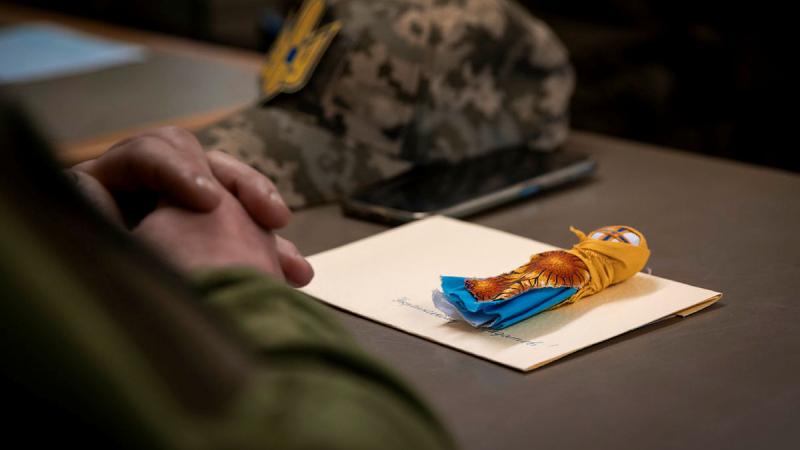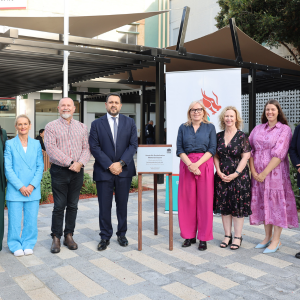In most cases, children are largely protected from severe COVID-19. They have fewer symptoms, less severe disease and tend to recover more quickly than adults.
Only 1.7 per cent of children will be hospitalised for COVID-19 – most will have mild or no symptoms. For previously unknown reasons, a small number of children progress to serious disease unlike that seen in adults.
Our new research shows that differences in blood proteins can distinguish the different types of severe COVID-19 in children and may help diagnose these in the future.
Multi-system Inflammatory Syndrome in Children (known as MIS-C) is an unusual disorder that can occur in children with COVID-19. Children with MIS-C suffer painful inflammation of their skin, eyes and even internal organs like the heart, lungs, and brain. To a doctor, MIS-C shares many features with Kawasaki Disease, making it difficult to diagnose quickly.
Acute Respiratory Distress Syndrome (ARDS) is another life-threatening respiratory failure that can also be caused by severe COVID-19.
Despite the severity of MIS-C and ARDS in children, doctors aren’t able to predict when children with COVID-19 will make a full recovery, or whether they will progress towards MIS-C or ARDS.
This latest study is part of our larger research aim to understand the differences between adults and children with COVID-19. Our work has already shown that platelets activate similarly in children and adults, while blood clots formed in children are less dangerous than those in adults.
Our latest research, published in Nature Communications, uses a technique known as proteomics to investigate hundreds of proteins in blood at once to determine what the biological triggers of MIS-C and ARDS are.
The majority of protein research occurs on a one-at-a-time basis where researchers may spend years dedicated to researching a single protein to figure out the role that it plays in disease.
Our collaborators at the Australian Proteome Analysis Facility helped us to research hundreds of proteins in the blood at once, so we could take a broad overview of the entire protein network – or Proteome – at once.
Fortunately, cases of MIS-C and ARDS are rare in Australia.
Our colleagues at Hôpital Necker-Enfants Malades in France shared valuable MIS-C and ARDS blood samples which we were able to compare with blood samples of healthy children collected from the HAPPI Kids Study conducted at the Murdoch Children’s Research Institute.
By examining which proteins increased or decreased in each group, we are able to start learning which body systems are impacted by MIS-C and ARDS.
We found 85 proteins and 52 proteins that were specific to MIS-C and ARDS, respectively. From these proteins, we can then see which body systems are behind each disease – improving diagnosis and potentially the development of targeted treatments for children suffering from severe COVID-19.
Overall, MIS-C and ARDS patients shared proteins that were involved in innate immunity and the coagulation system.
Children with MIS-C have a strong B-Cell and antibody response while children with ARDS had indicators of red-blood-cell lysis, which is when red blood cells rupture and leak into the bloodstream.
The fact that we can show these differences in biological triggers, proves that MIS-C and ARDS are not two sides of the same coin, but are very different diseases.
The proteins we discovered may help us in the future to diagnose MIS-C or ARDS early and understand exactly how COVID-19 can progress to these diseases in children.
This study was made possible by a strong collaboration between the University of Melbourne, Murdoch Children’s Research Institute, The Royal Children’s Hospital, Hôpital Necker and the Australian Proteome Analysis Facility.








